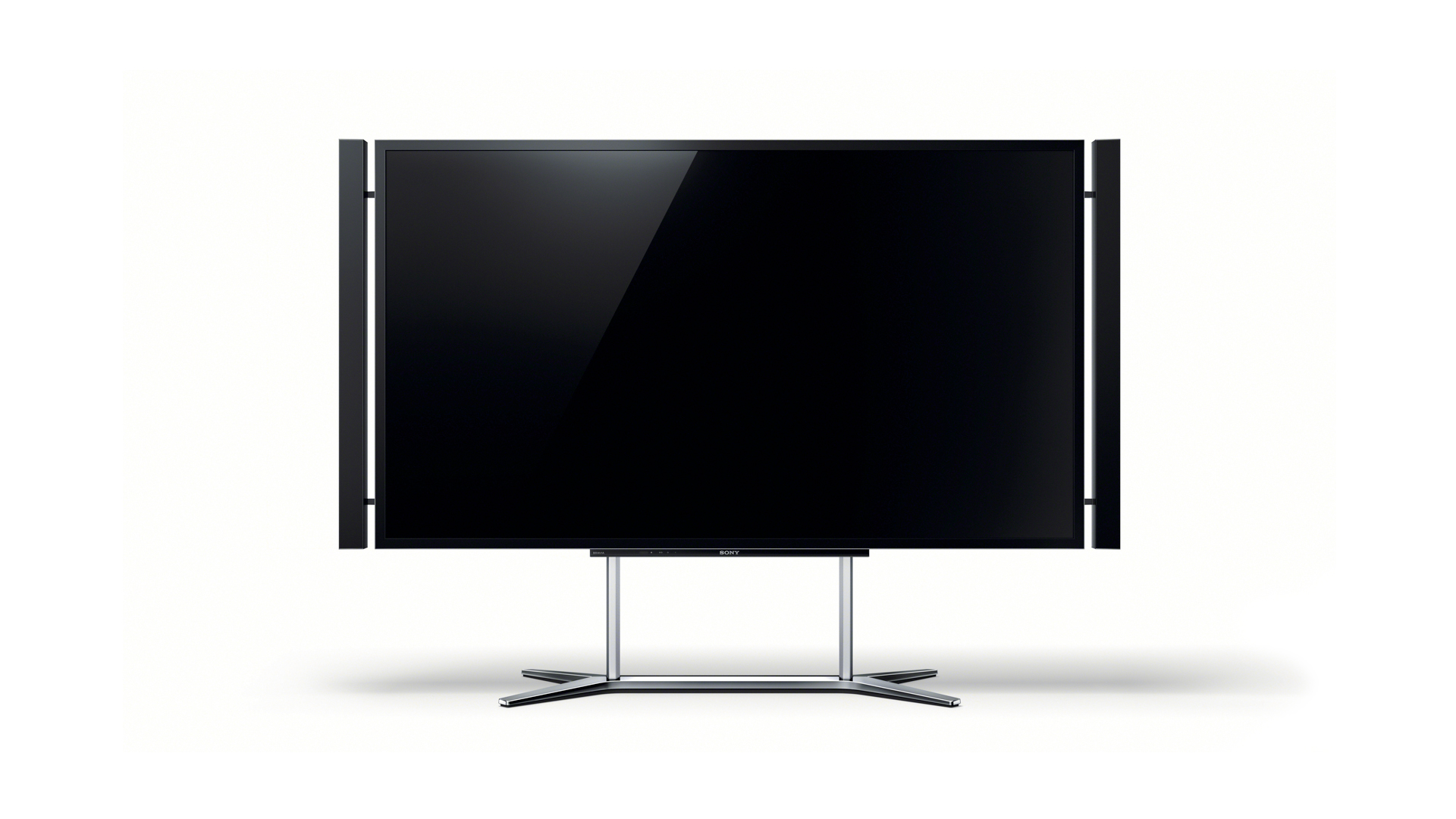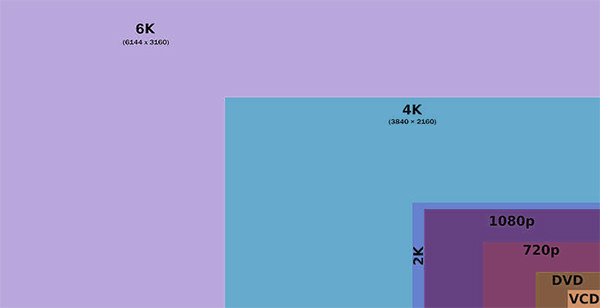
If market research is to be believed, most of the US consumer market is not even aware of what 4K is. Perhaps tired after getting their heads around 1080p versus 1080i and the concept of the 3D in the home, consumers are about to be besieged by the newest in television technology, the 4K screen.
4K resolution (or 4K UHD) is basically a higher resolution of 3840 pixels × 2160 lines (8.3 megapixels, aspect ratio 16:9) and is one of the two resolutions of ultra high definition television, the other being 8K UHD which is 7680 pixels × 4320 lines (33.2 megapixels). Both are aimed at consumer televisions. 4K UHD has twice the horizontal and vertical resolution of the 1080p HDTV format, with four times as many pixels overall. To get a sense of the resolution quality, here’s a simple picture that provides a nice visual of what we’re talking about:

The 4K TV has just fallen below the $1000 threshold in the US, although other aspects of the TV make it less than appealing and it will be another year before the slim form factor, WiFi enabled and SmartTV aspects of the screen will be at the price range you likely want to pay.
Also, there’s another factor to consider and that’s 8K UHD, which is around the corner and likely about 3-4 years away. The resolution of that screen will be some numbingly powerful that watching the Miley Cirus VMA presentation on it will actually melt space and time and consume your own in a burst of white hot fire.
Buying one of these TVs will not automatically mean you see a better image either; the media feeding it will need to improve with 4K Blu Ray discs slowly entering the market. Watching streamed Netflix on the screen will not be an extremely remarkable experience.
Like this:
Like Loading...
An entry primer to 4K
If market research is to be believed, most of the US consumer market is not even aware of what 4K is. Perhaps tired after getting their heads around 1080p versus 1080i and the concept of the 3D in the home, consumers are about to be besieged by the newest in television technology, the 4K screen.
4K resolution (or 4K UHD) is basically a higher resolution of 3840 pixels × 2160 lines (8.3 megapixels, aspect ratio 16:9) and is one of the two resolutions of ultra high definition television, the other being 8K UHD which is 7680 pixels × 4320 lines (33.2 megapixels). Both are aimed at consumer televisions. 4K UHD has twice the horizontal and vertical resolution of the 1080p HDTV format, with four times as many pixels overall. To get a sense of the resolution quality, here’s a simple picture that provides a nice visual of what we’re talking about:
The 4K TV has just fallen below the $1000 threshold in the US, although other aspects of the TV make it less than appealing and it will be another year before the slim form factor, WiFi enabled and SmartTV aspects of the screen will be at the price range you likely want to pay.
Also, there’s another factor to consider and that’s 8K UHD, which is around the corner and likely about 3-4 years away. The resolution of that screen will be some numbingly powerful that watching the Miley Cirus VMA presentation on it will actually melt space and time and consume your own in a burst of white hot fire.
Buying one of these TVs will not automatically mean you see a better image either; the media feeding it will need to improve with 4K Blu Ray discs slowly entering the market. Watching streamed Netflix on the screen will not be an extremely remarkable experience.
Like this:
Related Posts
Why 5G Isn’t All About Speed
Making the best products: Native App versus Mobile Web
Unpacking wearables
Smartphones are more powerful, but does it really matter?
About The Author
Travis
He has a twenty plus career in product creation, which includes writing and describing an endless series of bad decisions.